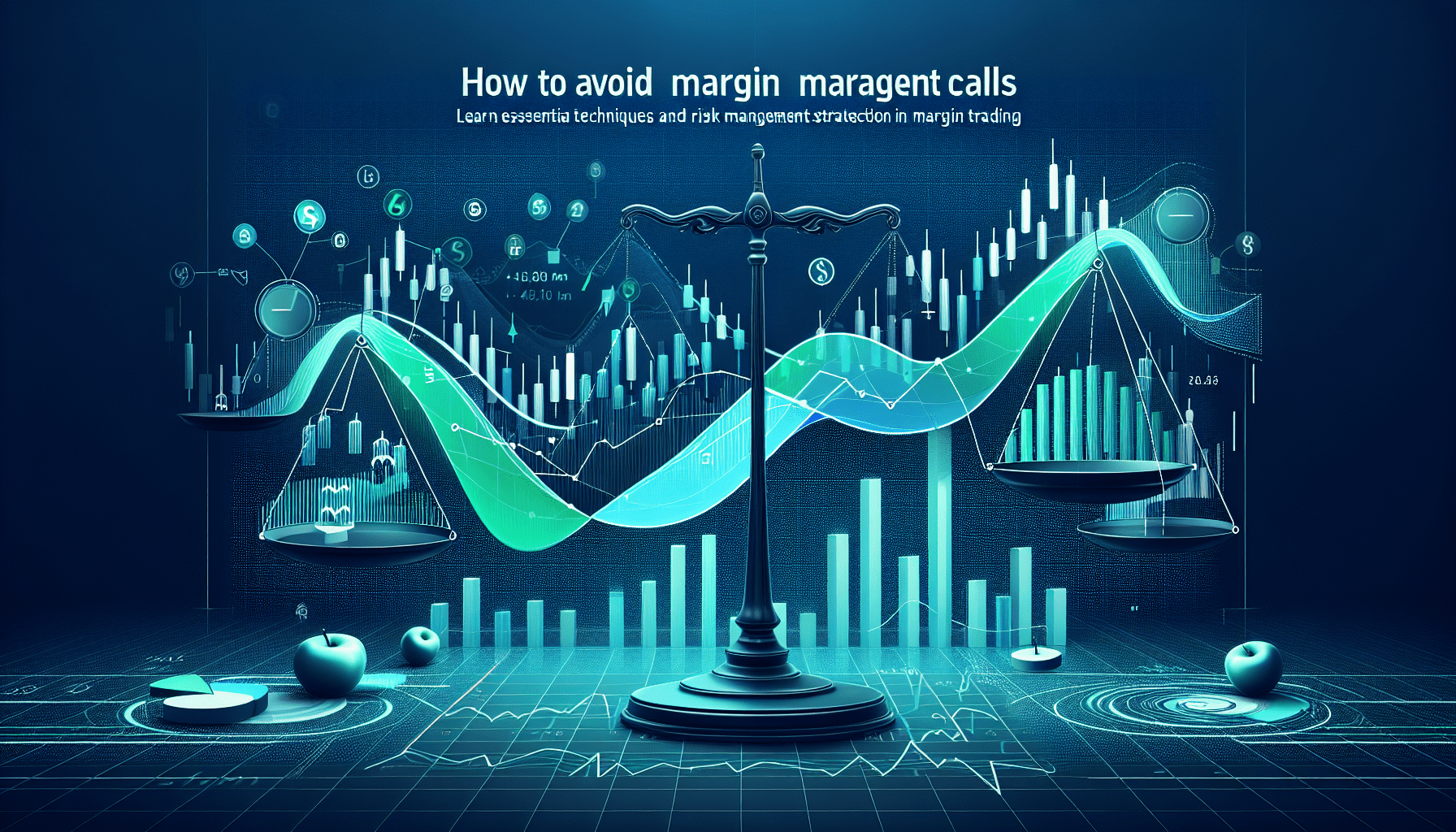Introduction to Avoiding Margin Calls in Prop Trading
Proprietary trading has grown into a niche that demands discipline, advanced risk management, and precise execution. In the high-stakes world of prop trading, avoiding margin calls is essential to preserving capital and ensuring operational longevity. In this comprehensive guide, we delve into practical strategies that empower traders to manage their margin accounts effectively, tackle market volatility, and enhance their decision-making process. By integrating proven risk management principles and leveraging industry-leading tools, you can take control of your trading career. This post will discuss actionable tips, detailed case studies, and essential tools to help you navigate the complexities of margin calls.
Margin calls can catch even seasoned traders off guard. However, understanding the underlying causes and implementing robust risk management protocols can help you not only avoid margin calls but also sustain profitable trading practices. Read on to learn how you can transform your approach to margin trading and ensure your prop trading journey remains secure and promising.
Understanding Margin Calls in Prop Trading
A margin call occurs when a trader’s account value falls below the required margin level, triggering the broker to request additional funds or liquidate positions. In the prop trading environment, where leveraging is common, margin calls can lead to significant financial setbacks. Here are some aspects to keep in mind:
- Definition and Trigger: Margin calls aren’t random; they are triggered by a combination of price volatility and insufficient margin buffers.
- Risk Exposure: High leverage trading increases exposure, making it vital to use margin call prevention strategies such as stop-loss orders.
- Emotional Impact: Stressful market conditions may induce hasty decisions, leading to further risks. Hence, having a disciplined trading plan is critical.
Core Strategies for Margin Call Prevention
Practical risk management is key to preventing margin calls. This section explores actionable strategies, with a focus on techniques relevant to the prop trading environment:
1. Use of Stop-Loss Orders
Stop-loss orders serve as an automated exit strategy to limit losses. When used properly, they can reduce the likelihood of a margin call by capping potential losses. For instance, setting a stop at a predetermined percentage below your entry price allows you to control risks without constant monitoring.
2. Regular Margin Account Monitoring
Advanced margin account monitoring tools can give you real-time insights into your account balance and equity levels. This vigilance allows for prompt actions to counterbalance potential drawdowns. Tools like TradingView and MetaTrader 5 provide robust charting and alert systems that help track market movements effectively.
3. Diversifying Trading Strategies
Adopting a mix of strategies ensures that a single loss-making position does not trigger a margin call. Diversification across asset classes and trading methods can distribute risk more evenly. Prop trading firms typically emphasize training on diversified strategies as part of their overall risk management curriculum.
Leveraging Tools and Platforms for Better Risk Management
In the rapidly evolving world of prop trading, utilizing top-tier tools can be a game-changer. These tools not only assist in technical analysis but also in effective backtesting and risk management assessment. Here is a mini-comparison table that outlines some of the most esteemed platforms:
| Tool/Platform | Strengths | Unique Feature |
|---|---|---|
| TradingView | Robust charting tools, community analysis, and real-time alerts | Extensive script library for automated strategies and indicators |
| MetaTrader 5 | High-speed trade execution and diverse order types | Advanced backtesting capabilities integrated with automated trading |
| NinjaTrader | Comprehensive market analysis and simulation environments | Customizable interface with advanced risk management modules |
The above table can help you evaluate which platform aligns best with your prop trading style. Also, consider leveraging interactive brokers like Interactive Brokers that offer excellent margin monitoring and risk management features tailored for professional traders.
Advanced Risk Management Tools and Practical Tips
Advanced traders should also harness dynamic risk management tools to further mitigate the risk of margin calls. It is essential not only to implement stop-loss strategies but also to adjust them based on market conditions.
Dynamic Stop-Loss Management
Instead of a static stop-loss, consider trailing stop orders that adjust automatically with the market’s movement. This approach ensures that as profits build, your exit strategy aligns with the upward momentum, locking in gains while limiting downside risk.
Continuous Backtesting and Strategy Refinement
Platforms like QuantConnect and NinjaTrader offer backtesting environments where you can simulate different strategies under varied market conditions. Backtesting helps in understanding the potential performance of stop-loss techniques and adjusting parameters to better suit live trading conditions.
It is highly recommended to regularly refine your strategies based on objective performance metrics and market feedback. By embracing a continuous improvement mindset, you not only prevent margin calls but also optimize your overall trading performance.
Real-World Examples and Case Studies
Let’s translate theory into practice. Consider a prop trading firm that experienced rapid market shifts, threatening to trigger margin calls across several accounts. The firm implemented a two-fold strategy: first, integrating automated stop-loss orders via platforms like MetaTrader 5; and second, using real-time monitoring tools such as TradingView to adjust margin levels dynamically. This dual approach not only reduced the frequency of margin calls but also improved overall trade execution and profitability.
Another effective example is the use of backtesting platforms like QuantConnect and NinjaTrader, where traders simulated various market conditions to identify optimal stop-loss levels. By constantly refining their strategies based on backtesting data, these traders managed to secure their positions and avoid panic sell-offs during turbulent market phases. This case study demonstrates the importance of blending technology with proactive risk management.
Integrating Internal Resources for Prop Trading Success
For those looking to dive deeper into prop trading strategies, consider exploring our internal resources on advanced prop trading techniques. You can enhance your understanding further by reading our in-depth article on Advanced Prop Trading Strategies or by checking out our comprehensive guide on Trading Risk Management Techniques.
Conclusion and Call to Action
In conclusion, avoiding margin calls in prop trading is a multifaceted challenge that requires vigilance, the right mix of strategies, and the use of advanced tools. By employing dynamic stop-loss orders, continuous backtesting, and robust monitoring, you can significantly reduce the risk of margin calls and safeguard your trading capital. Embrace the detailed guidance provided in this post and transform how you manage risk in your prop trading endeavors.
Ready to take your prop trading to the next level? Sign up for our exclusive newsletter to receive additional insights, a downloadable risk management checklist, and early access to upcoming webinars focused on advanced trading strategies.
Remember: effective risk management not only prevents margin calls but also empowers you to trade smarter and more confidently in today’s dynamic markets.







